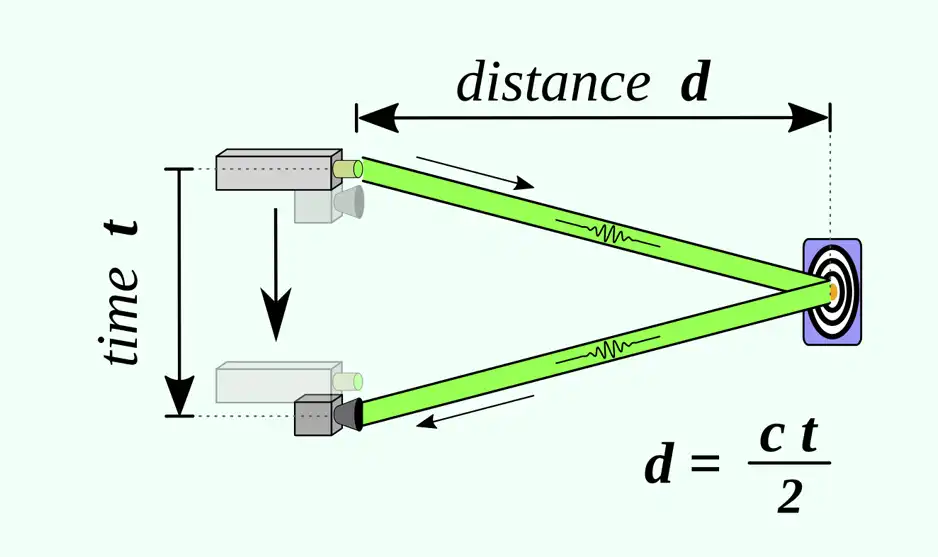
In this comprehensive guide, we delve into the intricacies of Time of Flight (ToF) cameras, a pivotal application of advanced sensing technology. We explore their working principles, applications, and much more. Whether you’re a seasoned professional or a curious enthusiast, this article aims to unravel the mysteries surrounding time of flight technology and provide you with valuable insights into this cutting-edge field.
Time of flight technology encompasses various applications, with ToF cameras being a prime example. These cameras measure the distance to objects in their field of view by calculating the time it takes for light to travel to the object and back to the camera. This is achieved by emitting infrared light pulses and analyzing the reflected signals. This technology allows ToF cameras to capture depth information with precision and accuracy, making them invaluable for applications such as augmented reality, autonomous vehicles, gesture recognition, and 3D scanning.

Here’s how the concept of time of flight works in the context of ToF cameras:
While both ToF cameras and LiDAR systems utilize time of flight principles for depth sensing, they differ significantly in technology, range, and applications. ToF cameras are generally more compact and cost-effective, suitable for consumer electronics and mobile devices. In contrast, LiDAR offers longer range and higher precision, making it ideal for mapping and autonomous vehicle applications.
ToF cameras offer high levels of accuracy in measuring depth, with precision ranging from millimeters to centimeters depending on the specific model and environmental conditions.
Yes, many ToF cameras are designed to operate effectively in outdoor environments, although factors such as ambient light and weather conditions may affect their performance.
Absolutely! ToF cameras excel in indoor navigation scenarios, where they can accurately detect obstacles and map out the surroundings in real-time.
Privacy concerns related to ToF cameras primarily revolve around their ability to capture detailed depth information. However, manufacturers implement privacy safeguards such as data encryption and anonymization to address these concerns.
While both ToF cameras and LiDAR systems utilize similar principles for depth sensing, they differ in terms of their technology, range, and applications. ToF cameras are typically more compact and cost-effective, making them suitable for consumer electronics and mobile devices, whereas LiDAR systems offer longer range and higher precision, making them ideal for applications such as autonomous vehicles and mapping.
ToF cameras play a pivotal role in robotics by providing robots with the ability to perceive and interact with their environment in three dimensions. From obstacle avoidance to object manipulation, ToF cameras empower robots to navigate complex environments and perform tasks with precision and efficiency.
In conclusion, ToF cameras represent a groundbreaking technology with transformative potential across various industries. From enhancing augmented reality experiences to revolutionizing autonomous driving, the versatility and utility of ToF cameras continue to drive innovation and reshape the way we perceive and interact with the world around us.
For more information about ToF cameras, you can visit the Wikipedia page on ToF cameras.
Remember, as technology evolves and new advancements emerge, the possibilities with ToF cameras are virtually limitless, promising a future where depth sensing becomes an integral part of our daily lives.
©Copyright 2023 Zhejiang MRDVS Technology Co.,Ltd.